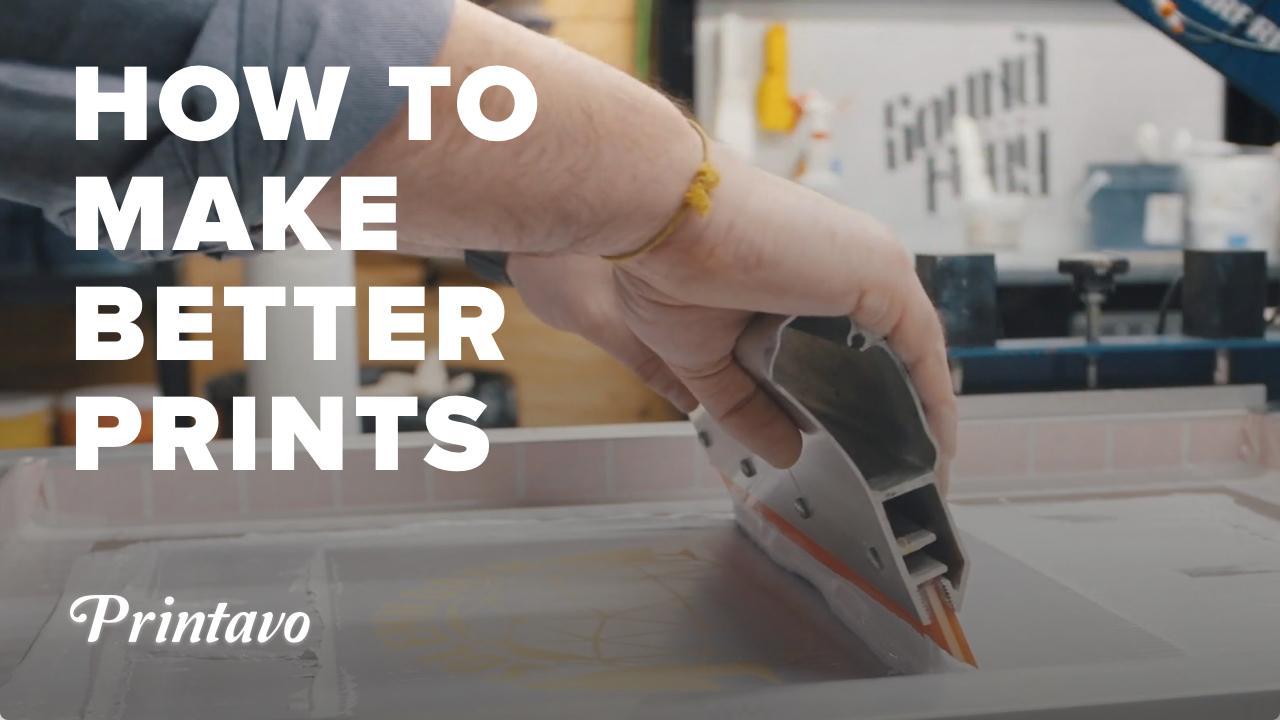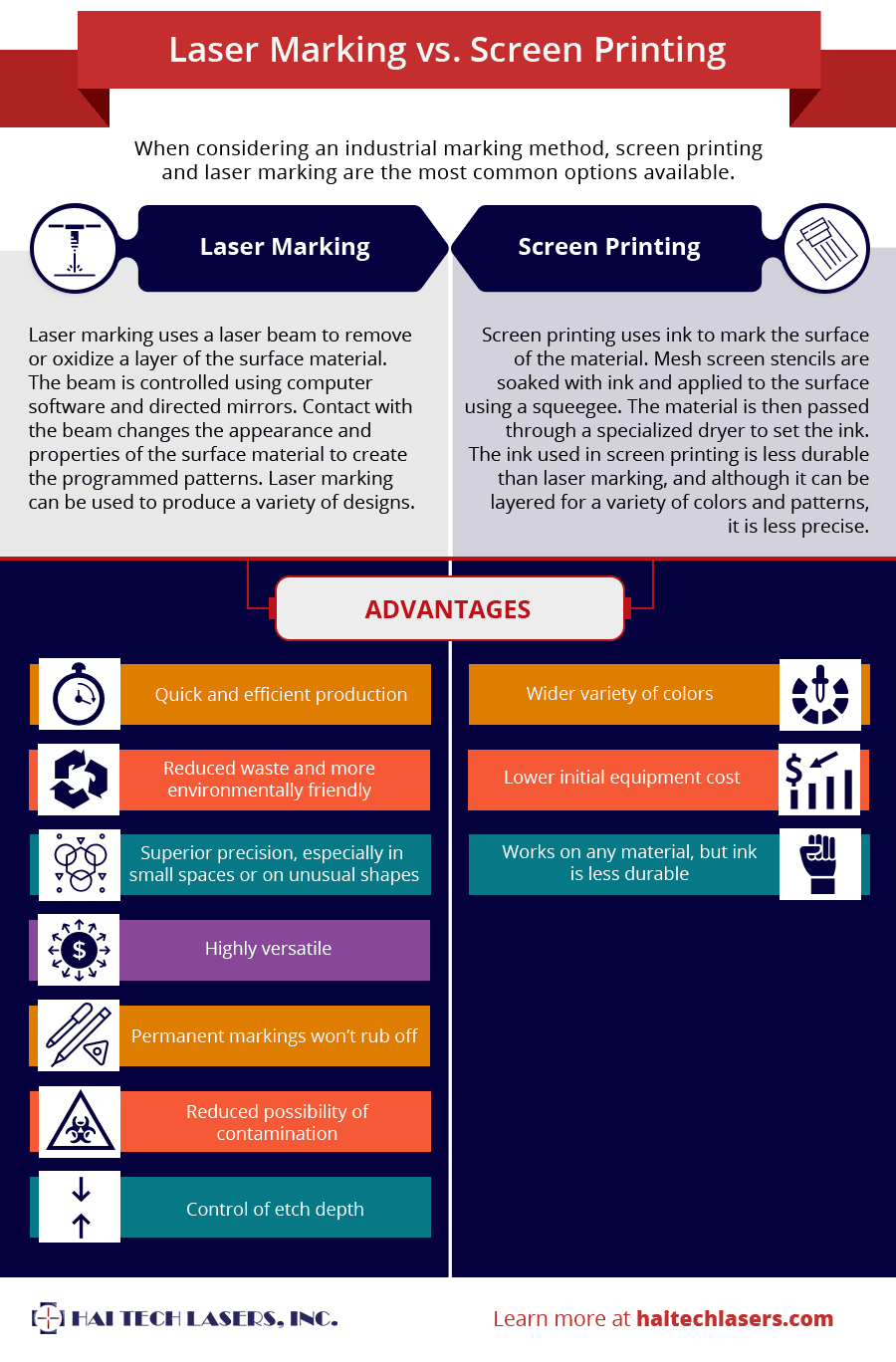The Best Strategy To Use For Tx Tees
Wiki Article
The Only Guide to Tx Tees
Table of ContentsExcitement About Tx TeesThe Best Guide To Tx TeesThings about Tx TeesSome Known Details About Tx Tees The Main Principles Of Tx Tees How Tx Tees can Save You Time, Stress, and Money.Little Known Facts About Tx Tees.
That brings your total amount to about $1,900 gross and shipping. Accumulate various other prices, like the variety of utilities it requires to run the shop and the cost of ink and solution per style. t-shirt printing. Take the print below. This is a one-color photo, so the expense of ink per t shirt is about 20 cents.The solution must only be a few cents since you 'd just require to coat one screen for this task. Usually, printers attempt to make up to 45% revenue on a print task.

With DTF, you can print a handful of t-shirts, or simply one. Both screen printing and DTF have their particular niches in the world.
See This Report about Tx Tees
The ideal method to recognize? Ask around and see what print shops like yours are doing. custom cap printing. Attempt both out and see which you like far better
When you're selecting what sort of printing method to use for printing your art work layouts on your garments, it is very important that you understand the distinctions between these 2 strategies so you can optimize outcomes while decreasing costs. Screen printing is the most typically utilized strategy for publishing designs on fabrics.
DTG printing is additionally called area or straight to garment printing due to the fact that it publishes just what is needed as opposed to making a screen as screen printers do. https://www.magcloud.com/user/txtees02. Screen printing functions by screen filler squeegee screen printing ink display mesh screen, after that transferring the photo to garment using warm and/or stress
The DTG printer makes use of special dye-sublimation inks that are applied right into a pre-designed image by an electronic printing system. The inks end up being part of the textile, enabling for vibrant shades and remarkable detail. It's likewise called area or straight to garment printing since it prints only what is required rather than making a screen as screen printers do.
The Main Principles Of Tx Tees
It's much quicker - you can publish a fullcolor photo in mins, as opposed to hours for display printing. Second, there's no set up time or expenses included - you can publish any kind of design you like, without having to produce a screen initially. Third, there's no waste - due to the fact that screen printers display print one style each time, they have to evaluate each color independently.
The paper is extremely costly and can only be utilized once. Once it's printed on, it has to be discarded. - The first acquisition cost is less than the upfront investment of DTG printers- You can print multi-color layouts one screen at once as opposed to having to print each shade individually like DTG printing.

Tx Tees Fundamentals Explained
However, rather than using screen mesh as display printers do, dye sublimation printers use laser technology to move your images onto garments or paper. A heat procedure moves the color from its solid-state directly right into the gas phase which consequently merges it onto textile substratums when they are swiftly heated to heats under high pressure.Sublimation printing is eco-friendly. It makes use of much less water than screenprinting, and because it doesn't involve using unsafe solvents, it's risk-free for all kinds of clothing. The color sublimation inks are additionally unsmelling when treated, unlike screen printers that use hazardous chemicals during the screen printing procedure that leave an undesirable smell.
They also save cash on costly tools like direct exposure devices since color sublimation printers don't call for a UV exposure device or a flash cure oven that is commonly used in screen printing (custom monograming). What is direct to garment printing (DTG Printing)? DTG printing is a digital screenprinting procedure that prints directly onto textile using specialized inkjet printers
The 6-Second Trick For Tx Tees
DTG printing uses numerous advantages over standard screenprinting, consisting of the capability to publish photo high quality pictures, greater shade vibrancy, and the capability to publish layouts on darker fabrics. DTG printers function by heating the textile ink until it develops into a gas. The gas then permeates the textile, bonding with the fibers to develop a permanent print.
Screen this page printers just prepare their display after that begin publishing till they run out of item or ink.- There is a large range of experienced display printers around the globe, which can be practical for novices. - It's a slower process - display printers commonly have to await the ink to completely dry before they can publish the next shade- Screen printers call for manual work, so there's a higher discovering contour and it takes longer to create a premium layout- Screen printing isn't as exact as DTG printing, so you may get some "blood loss" of shades from one component of the picture onto an additional if not done properly.
The Facts About Tx Tees Revealed
Instead of making use of screen mesh as display printers do, color sublimation printers utilize laser modern technology to move your pictures onto garments or paper. A warmth procedure transfers the dye from its solid-state directly right into the gas phase which subsequently fuses it onto textile substratums when they are rapidly heated up to high temperature levels under high pressure.Sublimation printing is environmentally friendly. It utilizes less water than screenprinting, and because it does not include the usage of harmful solvents, it's secure for all kinds of clothing. The dye sublimation inks are also unsmelling when treated, unlike display printers that use damaging chemicals during the screen printing procedure that leave behind an undesirable smell.
They likewise conserve cash on costly equipment like exposure systems considering that color sublimation printers don't need a UV direct exposure device or a flash treatment stove that is generally made use of in screen printing. What is direct to garment printing (DTG Printing)? DTG printing is a digital screenprinting procedure that prints directly onto fabric using specialized inkjet printers.
Fascination About Tx Tees
DTG printing uses several benefits over typical screenprinting, including the capability to print photographic high quality photos, better shade vibrancy, and the ability to print layouts on darker materials. DTG printers work by heating the fabric ink up until it becomes a gas. The gas after that penetrates the material, bonding with the fibers to develop an irreversible print.Report this wiki page